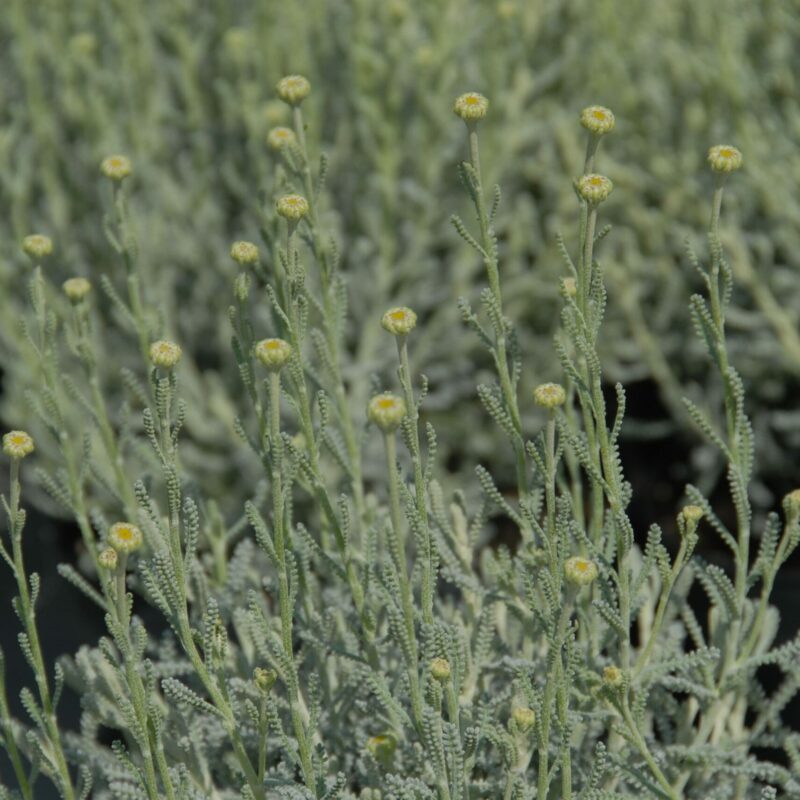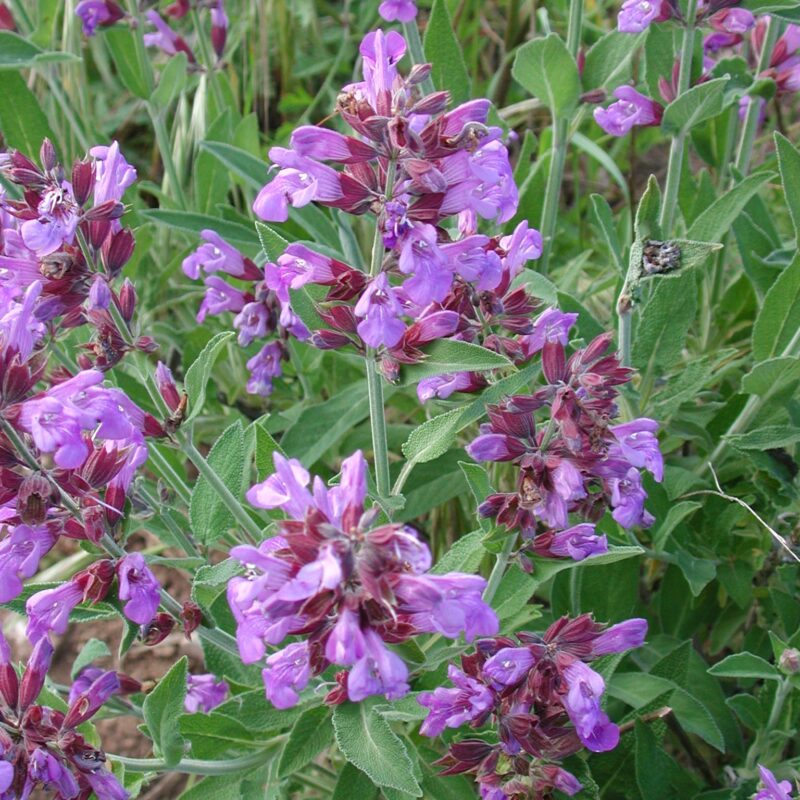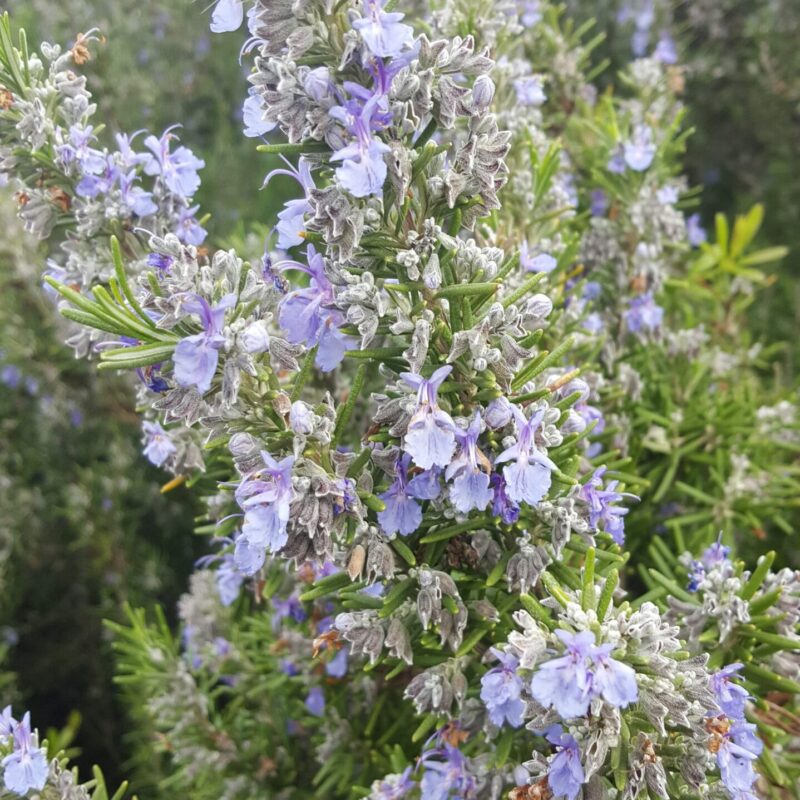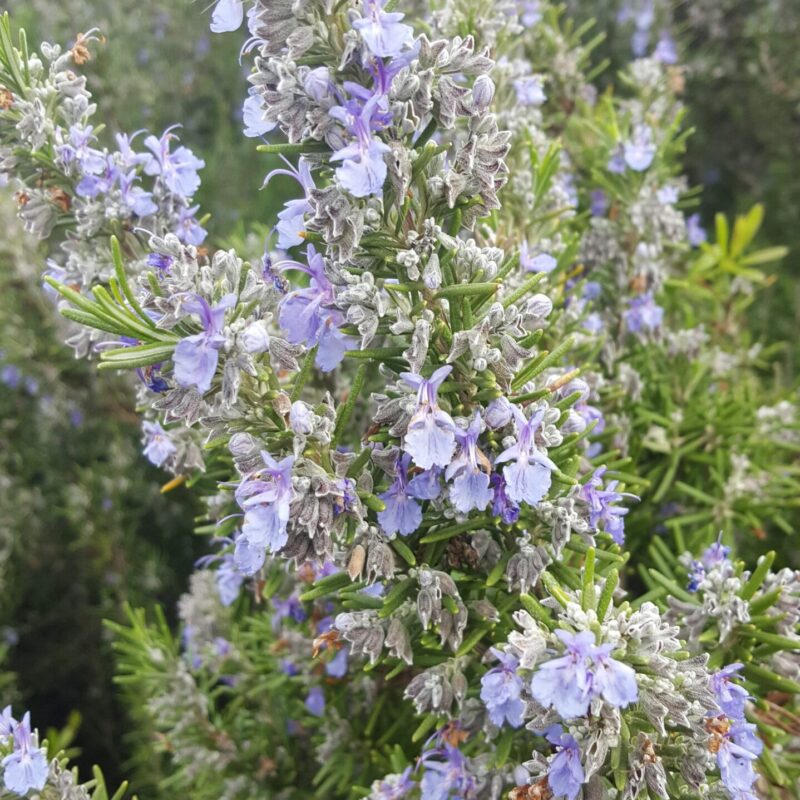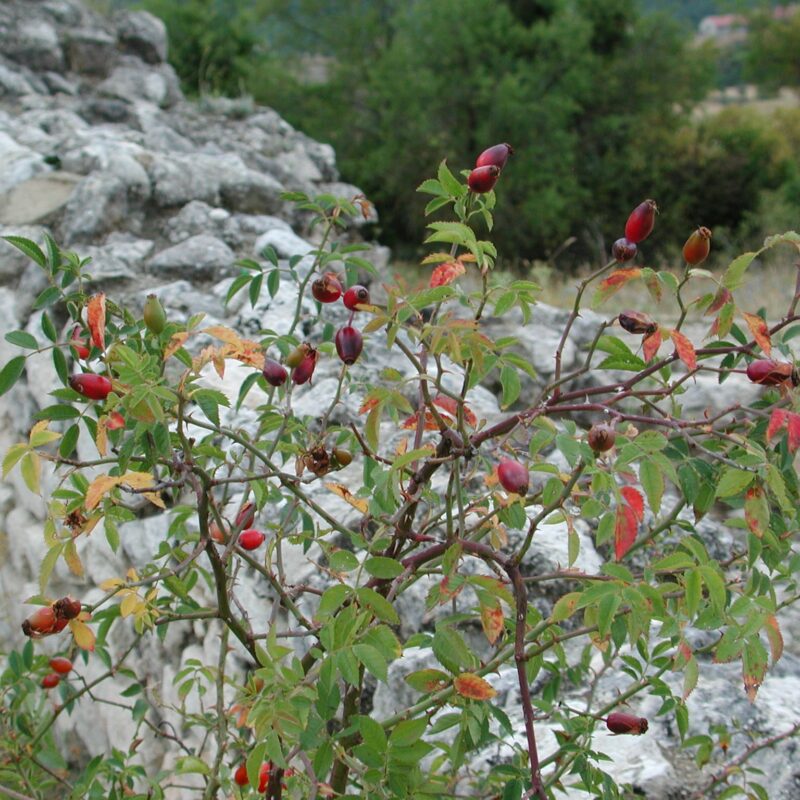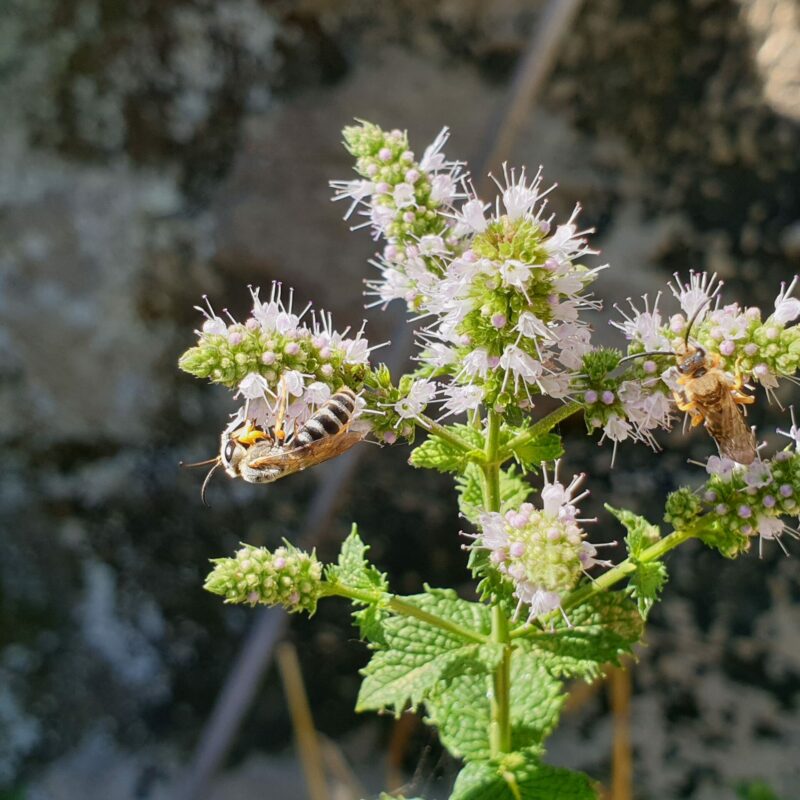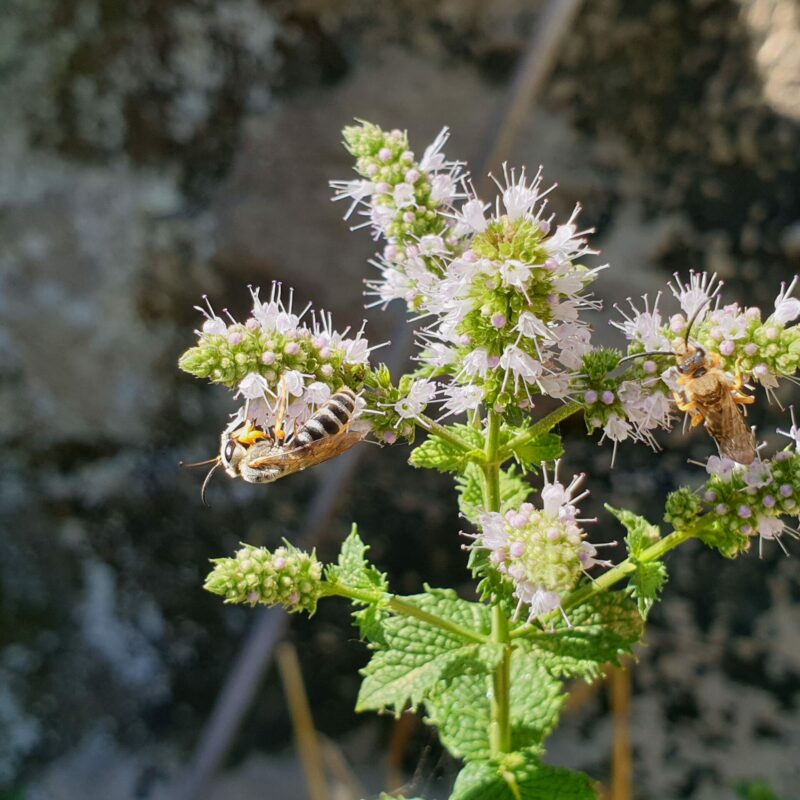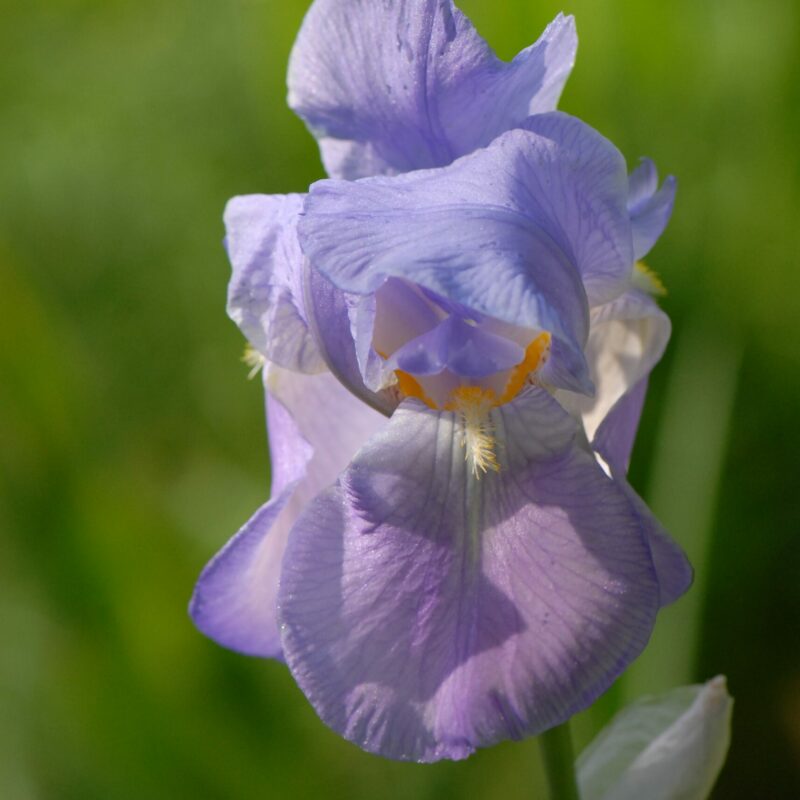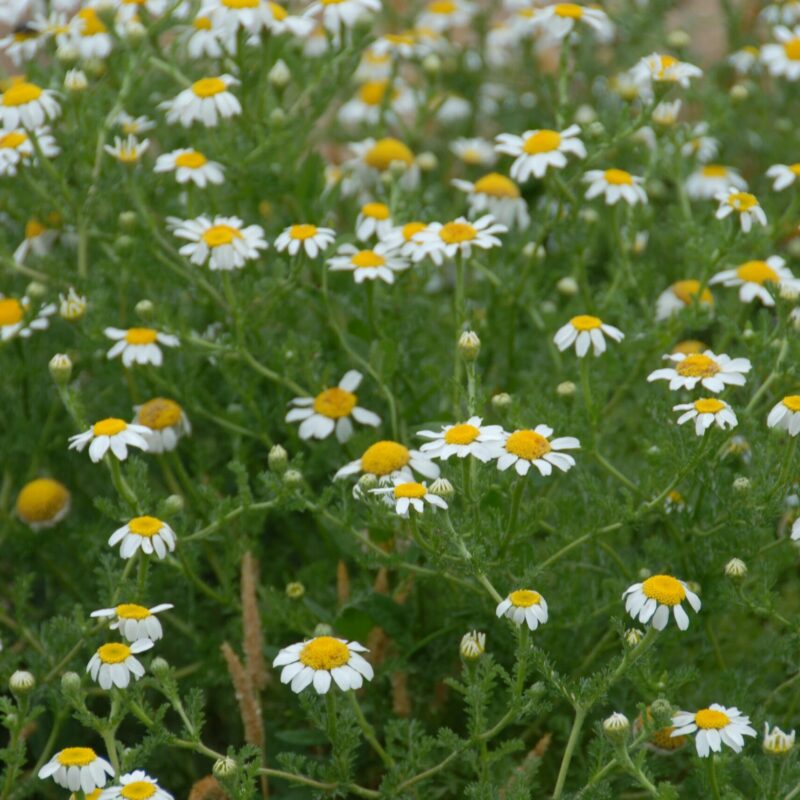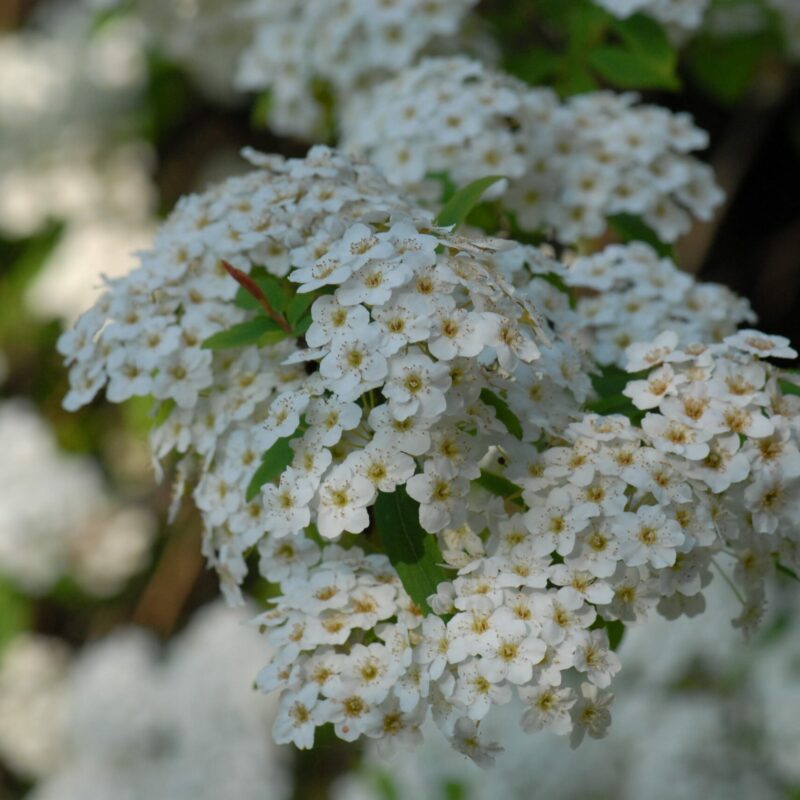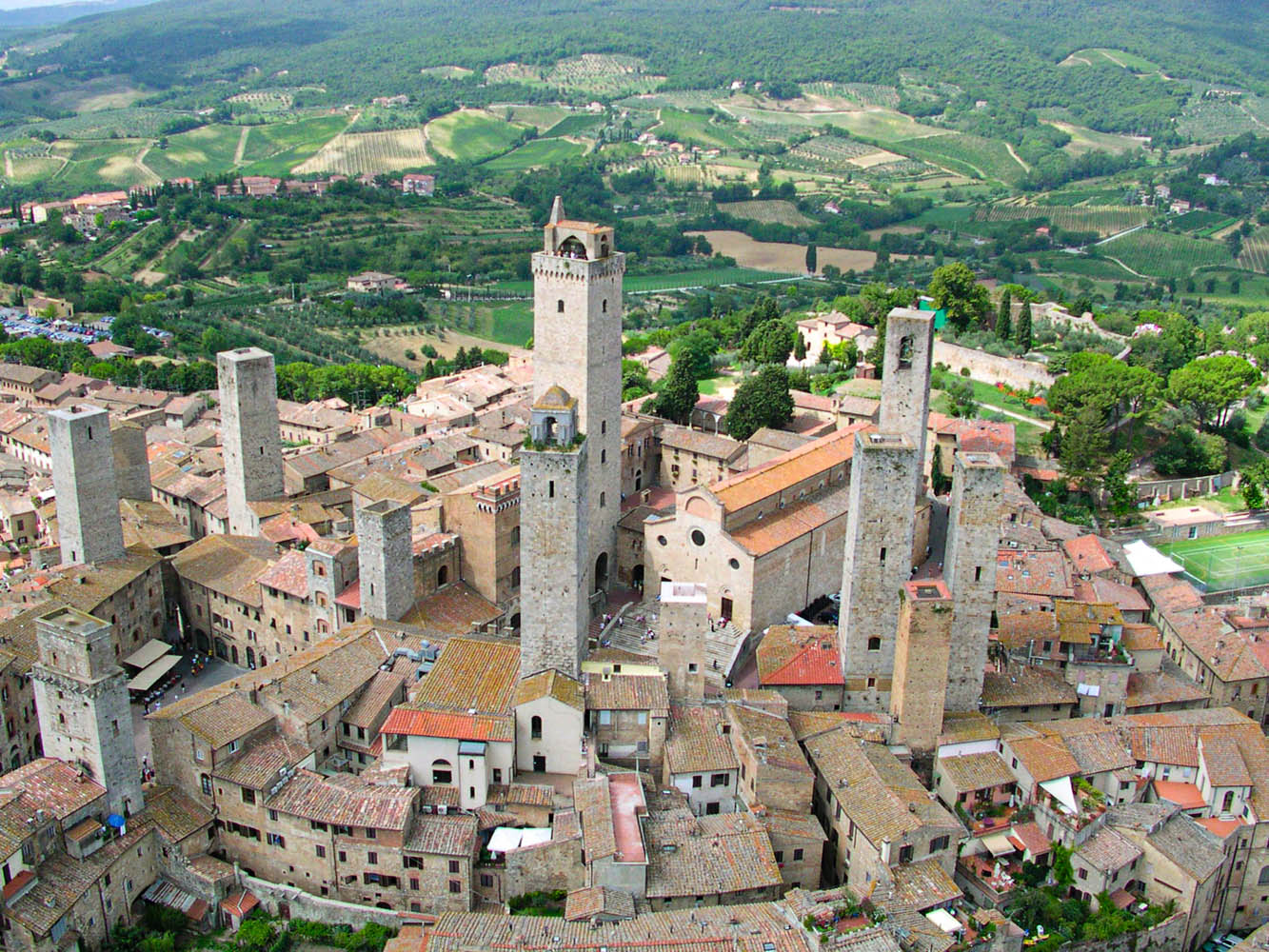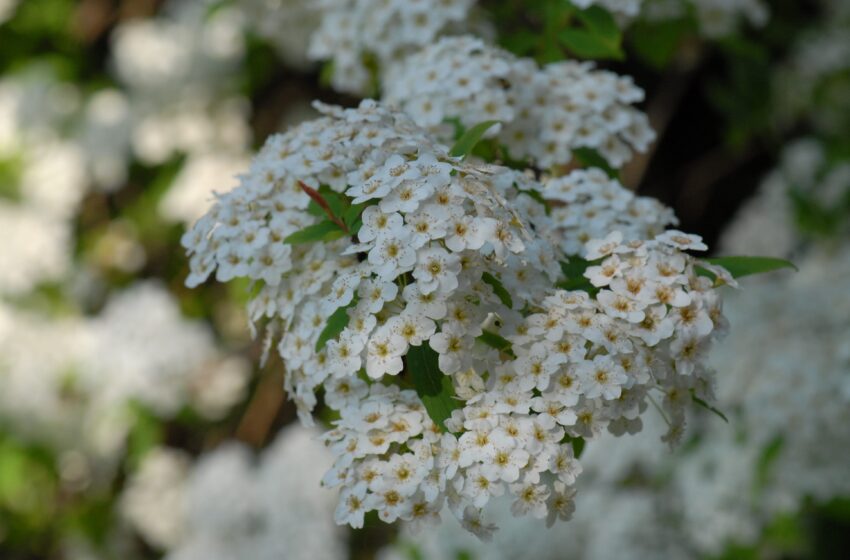
Medicinal Plants: Biodiversity with a Capital “B”
“Although they are called minor crops, they have the potential to become significant.”
Historically, the term “officinal” derives from a cultural tradition in our country, which refers to “the workshop” or the “pharmaceutical laboratories” where plants were subjected to various processes such as drying, grinding, maceration, distillation, and extraction to be used for various purposes. Although the cultivation of medicinal plants has always had a marginal role in the national agricultural landscape, it is currently experiencing a growing trend.
Market Figures
The value of the global market is little known and difficult to quantify due to the merchandising complexity of the sector. However, it is estimated that there are around 750,000 tons of dried raw materials with a total market value that accounts for 30% in China and India, followed by Egypt, Morocco, and Albania. The European market, the easiest to understand, is worth between 400,000 and 450,000 tons of dried herbs and plants and over 100,000 tons of essential oils as raw materials.
Medicinal and aromatic herbs represent a market of enormous interest that in Italy occupies a cultivated area of approximately 7,300 hectares for 500 structured professional companies. Italy produces about 4,000 tons of medicinal plants and 350 tons of essential oils, mostly citrus.
The value of the sector’s production is estimated at around 235 million euros, referring only to the raw material for processing. If we add the export of value-added derivatives, it can reach 1 billion euros.
Forecasts say that the market is growing: if in 2020 the global market was worth 150 billion dollars, today it is expected to grow to 230 billion by 2027, with Asia representing 50% of the market. An average annual increase of between 20 and 30% is expected in the next 5 years.
In response to this increased demand, it is necessary to begin planning increased production by increasing cultivation at the expense of wild harvesting.
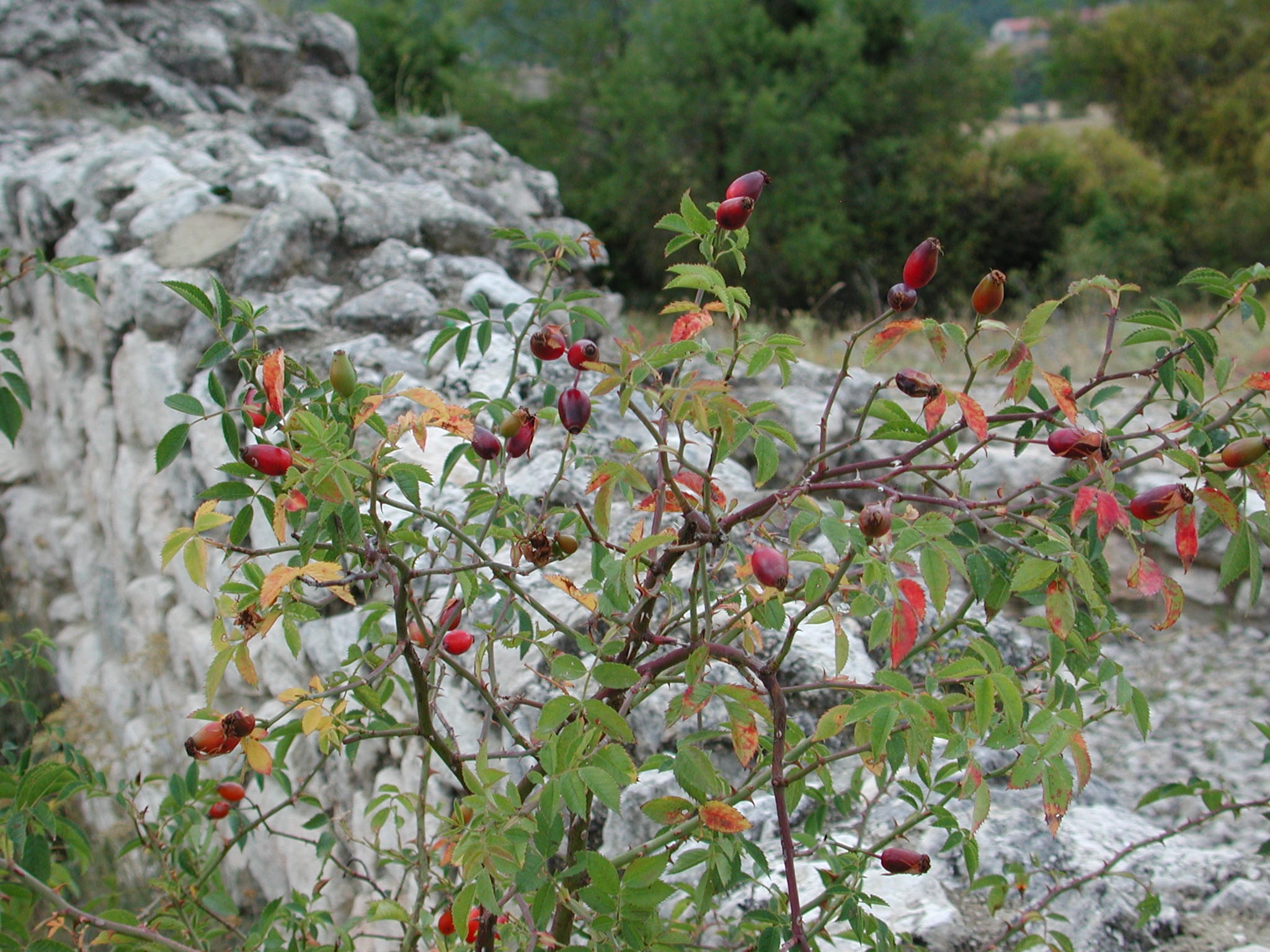
Growth Potential
These data document, on the one hand, a greater interest of consumers towards health and wellness aspects but even more so reflect, in part, a more general change towards greater sustainability of the entire agricultural sector. The role of medicinal plants must therefore be reconsidered in the context of this green transition where the diversification of productions, the containment of erosive phenomena, the conservation of biodiversity, the search for active principles of plant origin that can contribute to the reduction of chemical inputs in agriculture, as well as the landscape and environmental role of agriculture itself, constitute an essential part.
The production of medicinal plants is perfectly in line with the Green Deal and in particular with some of the objectives set out, including the role of preserving and restoring ecosystems and biodiversity, but also promoting a fair, healthy, and environmentally friendly food system “from producer to consumer.” In this regard, although the sector of medicinal plants is still considered “niche” compared to other agricultural sectors, it presents an expanding trend and a potential that has yet to be fully exploited, as there are more than 300 species of interest in our country, both cultivated and wild, but this number could increase. In fact, in recent years, attention to this sector has increased, both due to increased consumer demand, highlighted by the presence of around 5,000 herbalists in the national territory, and due to increased demand from pharmaceutical, cosmetic, and food companies. To these, we must add the presence of departments dedicated to medicinal plants, practically in all pharmacies, parapharmacies, supermarkets, not to mention aromatic plants.
The valorization of medicinal species also involves their genetic improvement, using all the information that science currently provides to expand knowledge about genomes and all the other biotechnological tools available. This knowledge would greatly contribute to the improvement of the qualitative/quantitative production of specific metabolites.
The Law
Despite the growing numbers, to date, a large part of the need for raw materials and semi-finished products of the processing industry is met by foreign supply (70/80% of consumed herbs). Thanks to Law No. 75/2018 “Single Text on the cultivation, harvesting, and first processing of medicinal plants and its implementing decrees completed during 2022, a regulatory framework, a unique one at EU level, has been created, which should overcome the all-Italian contradiction, which despite boasting the oldest history and tradition in terms of knowledge and use of medicinal plants, presents the smallest agricultural area dedicated to this sector.
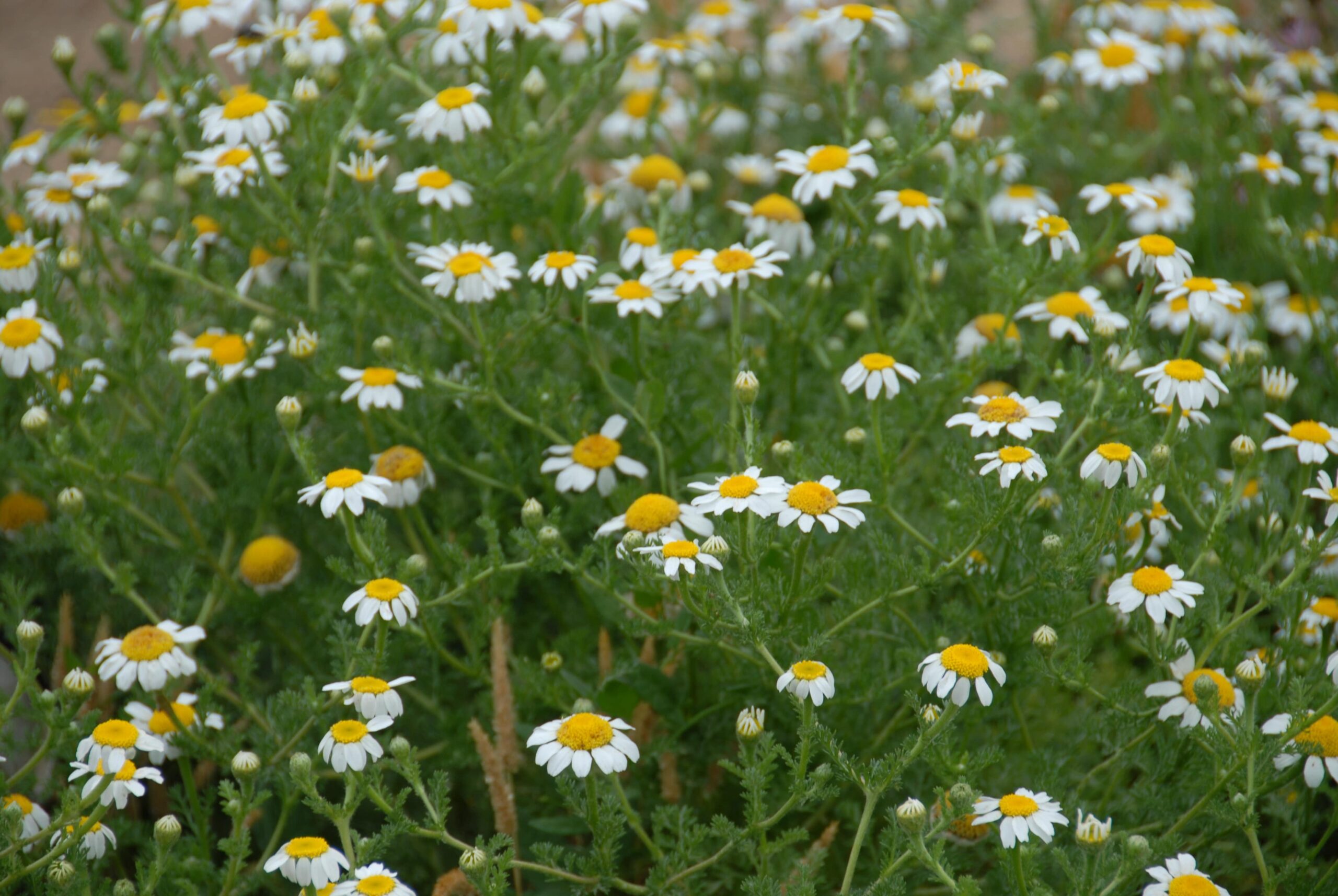
Strengths
As mentioned, national production satisfies only a small part of the internal demand while a large part of the product comes from third countries where labor is cheap and not always qualified, which manage to guarantee a low price in the face of a not always satisfactory quality. National productions of medicinal plants can be competitive only for quality, as is now the case in many other agricultural sectors. Therefore, the development of this innovative sector can lead to both an increase in income for entrepreneurs and an increase in well-being for consumers. For this reason, it becomes essential to create a closed supply chain, from field production to the final processing company, well-coordinated, which immediately receives the product intended for the many processing sectors, namely pharmaceuticals, food supplements, cosmetics, biocides, natural colors, etc.
To start such cultivations, some conditions are necessary: knowledge of which plants to grow, which lands and equipment are essential, how much labor must be available, which machinery is necessary, what the production and/or processing costs are, what the yields and incomes are, and above all how to market the products.
It is therefore necessary to “create a system” but also to realize a “structuring” of the supply chain on par with other European countries with “facilitated” purchase of technical means for processing (dryer, distiller, etc.) and equipment for mechanized harvesting.
The purpose of the law, which aims to qualify and strengthen national production of medicinal plants, places the sector in the context of an international, primarily European, scenario where the actors of the food and pharmaceutical industry operate, facing the challenges of sustainability and the defense of biodiversity.
The text clearly refers to the category of medicinal and aromatic plants – identified as MAP (Medicinal and Aromatic Plants) even in the European agricultural context – also extending it to algae, macroscopic fungi, and lichens that have the same intended uses. But it also introduces a new, very open concept, which for the first time enters a regulatory text in our sector: “Officinal can be considered any plant species that, due to its properties and functional characteristics, is valued as an ingredient of specific products, adequately regulated.”
Obviously, one immediately thinks of plant derivatives that can constitute ingredients of food supplements, or “natural” functional ingredients that can enter the formulation of common-use cosmetic products by consumers.
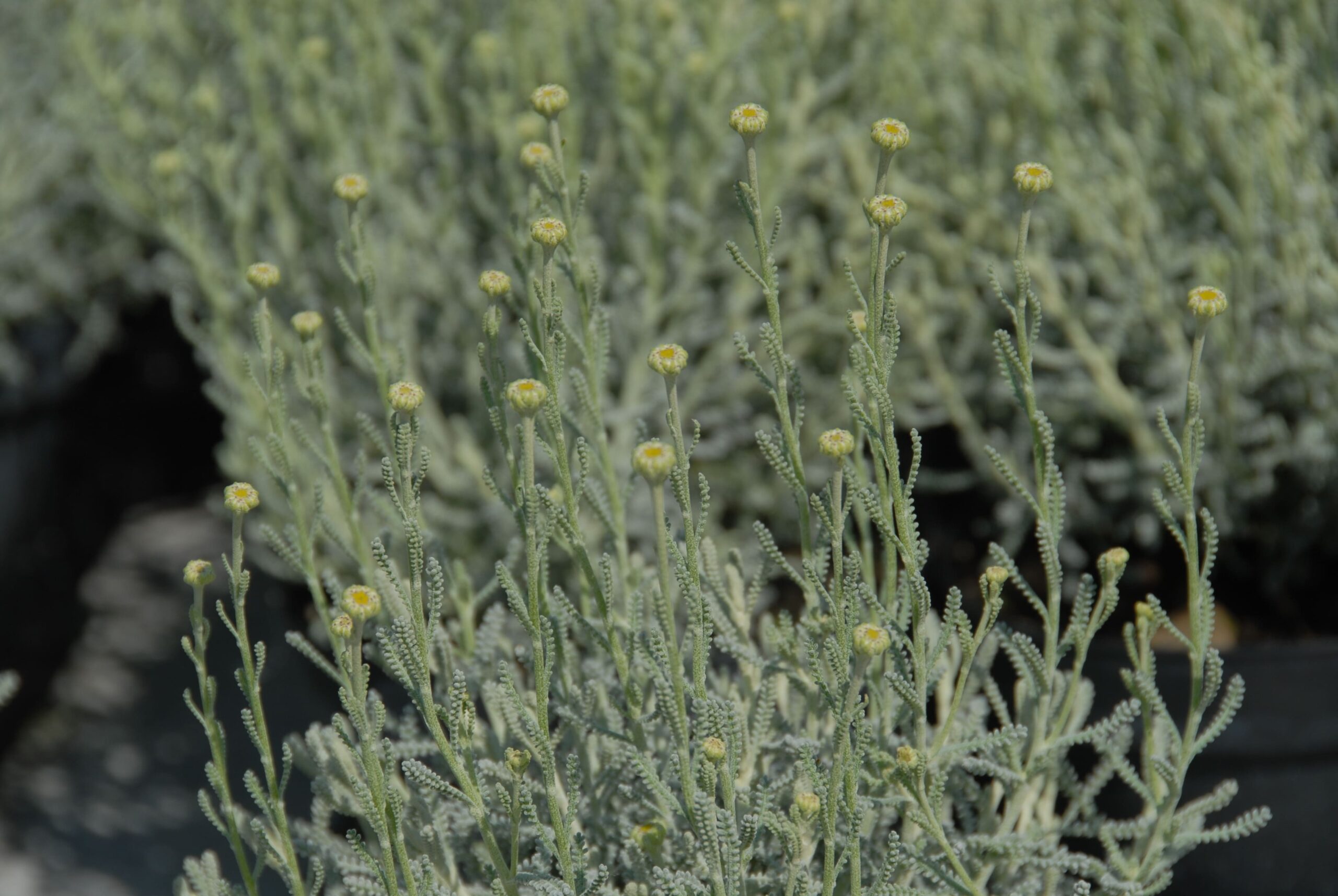
Calendar for the collection of medicinal plants (nomi volgari)
(Tabella del Tempo Balsamico)
Gennaio
Bergamotto
Febbraio
Abete bianco, Abete rosso, Carrubo, Cipollaccio col fiocco, Cipresso, Favagello, Lichene islandico
Marzo
Altea, Asparago, Barba di becco, Bardana, Borsa di pastore, Bosso, Cappero, Cariofillata, Enula campana, Epilobio, Erica carnicina, Faggio, Farfara, Farfaraccio, Felce florida, Fumaria, Genziana, Lichene pulmonario, Nocciolo, Olivo, Olmo, Ononide, Pesco, Pino silvestre, Pioppo, Pratolina, Prugno, Quercia, Rusco (Pungitopo), Salice rosso, Sanguinello, Serenella, Viola mammola.
Aprile
Acero, Agrifoglio, Ailanto, Alliaria, Betonica, Betulla, Biancospino, Billeri, Borragine (Sommità), Calamo aromatico, Calendula, Carciofo, Castagno, Castagno d’India, Centocchio, Crescione, Efedra, Favagello, Fico d’India, Fitolacca, Fragola, Frangola, Frassino, Gramigna rossa, Imperatoria, Lapazio, Larice, Ligustro, Lentisco, Manna, Mentastro, Noce, Ontano, Ortica, Primavera, Prugno spinoso, Rovo, Salice bianco, Tamerici, Tarassaco, Tiglio semplice, Valeriana, Viola del pensiero.
Maggio
Acetosa, Acetosella, Aglio orsino, Altea, Arancio amaro, Asperula, Bagolaro, Bocca di Lupo, Bugula, Camomilla, Camomilla romana, Chelidonia, Ciliegio, Cineraria, Cinquefoglio, Edera terrestre, Erba roberta, Erba ruggine, Farfaraccio, Fico, Finocchio marino, Fiordaliso, Galega, Malvone, Mestolaccia, Morine, Podagraria, Prezzemolo, Pulmonaria, Quercia marina, Rosa canina, Rosa rossa, Rosolaccio, Sambuco, Sanicula, Sedano montano, Serenella, Trifoglio fibrino.
Giugno
Agrimonia, Amarena, Amorino, Avena, Balsamina, Bocca di leone, Canapa acquatica, Caprifoglio, Cardiaca, Cardo benedetto, Centinodio, Cicutaria, Cimbalaria, Coclearia, Crespino, Cuscuta, Dragoncello, Ebbio, Echio, Erisimo, Eucalipto, Fico d’India, Fragola, Giglio bianco, Ginestrino, Lampone, Ligustro, Malva comune, Malva silvestre, Margherita, Millefoglio, Mirtillo, Mirto, Nepetella, Ortica bianca, Parietaria, Pervinca, Pesco, Pilosella, Pulegio, Risetto, Rosmarino, Ruta, Salcerella, Salvia, Serpillo, Tiglio Fiori e bractee, Timo, Verbasco, Veronica, Vulneraria.
Luglio
Achillea millefoglie, Alchemilla, Alloro, Altea, Anagallide, Arancio dolce, Argentina, Amica, Artemisia, Assenzio, Ballota, Bardana, Basilico, Betonica, Bistorta, Canapa selvatica, Capelvenere, Carciofo, Cardo mariano, Carota, Cataria, Centaurea minore, Cetriolo, Cicoria, Coda cavallina, Corbezzolo, Comiolo, Cotogno, Cumino dei prati, Dittamo, Edera, Elicriso, Eliotropio, Erba vescica, Erigero, Eufrasia, Farfara, Fieno greco, Frassino, Genepi, Genzianella, Granoturco, Iperico, Issopo, Lappola, Lavanda, Lingua di cane, Marrubio, Meliloto, Melissa, Menta acquatica, Menta piperita, Mentastro, Mentone, Mugo, Origano, Pastinaca, Piede di gatto, Pimpinella, Poligala, Porcellana, Prunella, Rapunzia, Ribes nero, Ribes rosso, Salvia sclarea, Santolina, Semprevivo, Senape bianca, Tiglio semplice, Tiglio doppio, Verbena.
Agosto
Aglio, Alchechengi, Anice verde, Brugo, Caglio, Carrubo, Cipolla, Coriandolo, Epilobio, Erniaria, Fagiolo, Finocchio, Finocchio marino, Fitolacca, Giaggiolo, Girasole, Iride germanica, Lampone, Licopodio, Linaiola, Lino, Luppolo, Maggiorana, Melanzana, Mirtillo, Nocciolo, Noce, Olivella, Olmaria, Peperoncino, Piantaggine, Polipodio, Prezzemolo, Prugno, Psillio, Romice, Rosolida, Santoreggia, Sedano, Serenella, Spincervino, Tormentilla, Uva ursina, Verga d’oro, Vite, Vulvaria.
Settembre
Aneto, Angelica, Angelica selvatica, Amica, Barba di becco, Bistorta, Calcatreppolo, Calendula, Canna, Canna di palude, Cappero, Cardo dei lanaioli, Cariofillata, Castagno d’India, Cedrina, Cicoria, Cinquefoglio, Cren, Dittamo, Giglio bianco, Ginepro rosso, Nigella, Ononide, Ortica, Peucedano, Quercia, Rosa canina, Rovo, Rusco (Pungitopo), Salcerella, Sanicula, Sorbo rosso, Tamerici, Tarassaco, Valeriana, Zucca.
Ottobre
Acetosa, Ailanto, Altea, Asfodelo, Asparago, Bardana, Borsa di pastore, Carlina, Carota, Consolida maggiore, Corniolo, Cotogno, Crespino, Enula campana, Erba ruggIne, Eupatorio, Felce maschio, Genziana, Ginepro, Giuggiolo, Imperatoria, Lapazio, Limone, Lingua di cane, Liquirizia, Malva silvestre, Ninfea, Pioppo, Podagraria, Primavera, Prugno spinoso, Rabarbaro alpino, Rapunzia, Sedano montano, Sigillo di Salomone, Sorbo, Tamaro, Valeriana rossa, Vulneraria, Zafferano.
Novembre
Agrifoglio, Alloro, Felce florida, Finocchio, Frangola, Mestolaccia, Nespolo, Olmo.
Dicembre
Arancio amaro, Arancio dolce.
Articolo di Alberto Manzo
Credits foto: Grazia Maria Scarpa, Dipartimento di Agraria – Sezione SACEG (Università di Sassari)

Giornalista italiano con oltre 40 anni di esperienza nel mondo dei media.
Leggi in:
![]() Italiano
Italiano





